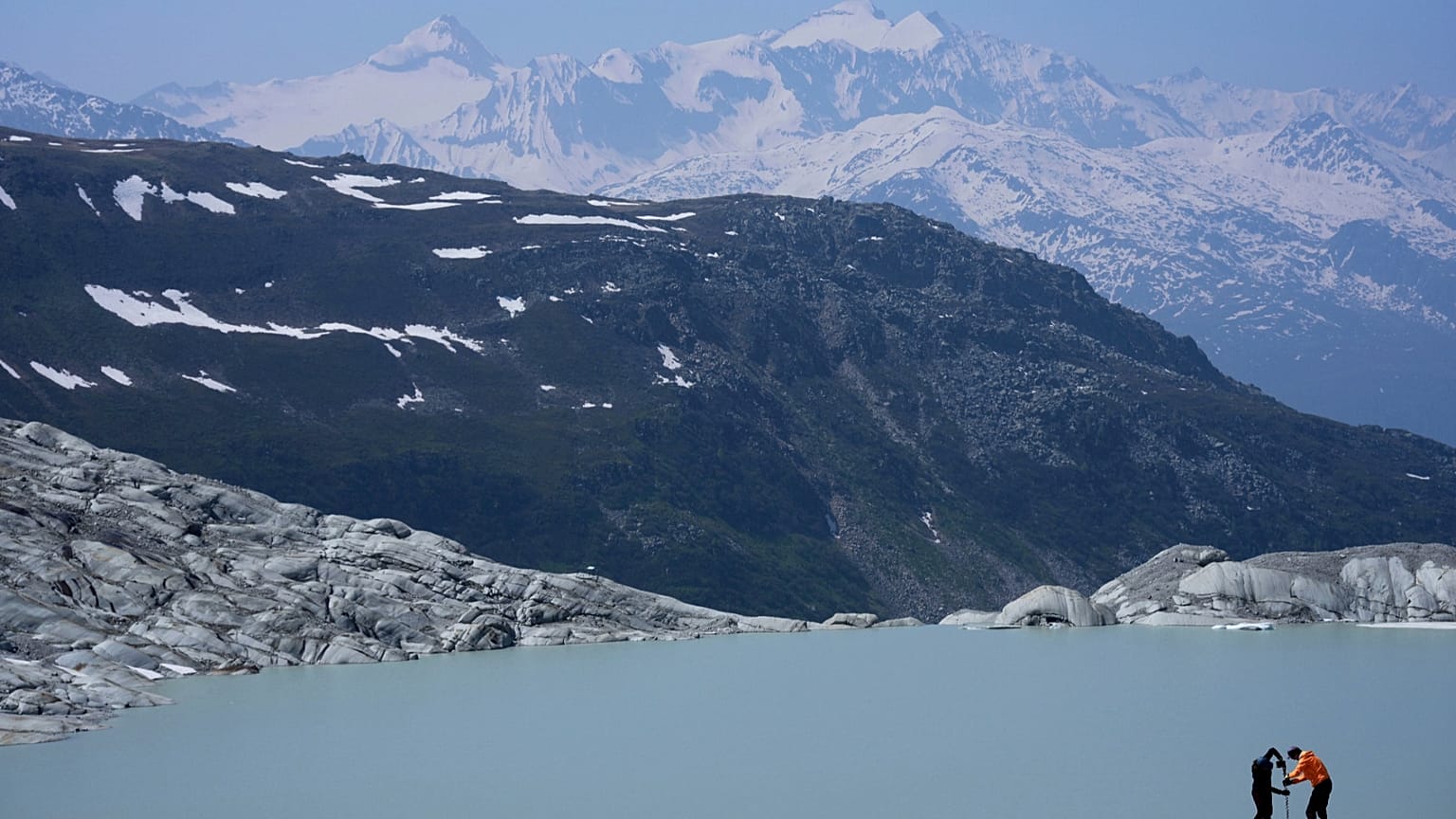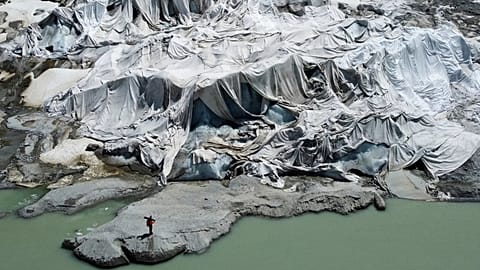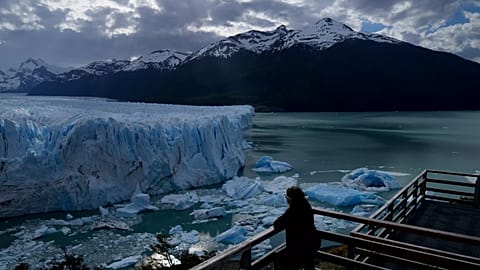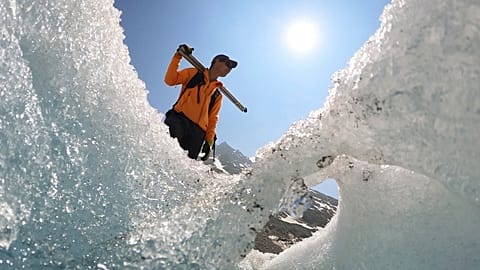The glacier melt in California’s Sierra Nevada mountains is unprecedented, a new study shows.
Mountain glaciers are a key feature of various United States national parks, such as Yosemite National Park in California.
But as the Earth warms, many of these century-old ice masses are rapidly melting.
A new study, published in the journal Science Advances, demonstrates just how novel the melt is for California’s Sierra Nevada glaciers.
They are among the ice masses in the western US that the authors describe as “public-facing emblems of climate change”.
A look at the glacial history
The study looked at four glaciers in the Sierra Nevada: the Conness, Maclure, Lyell, and Palisade glaciers. These formations are good “bellweathers” for looking at glacier disappearance, as they have withstood the test of time and industrial-era warming.
By analysing samples from exposed bedrocks, researchers were able to determine that the ice has been around far longer than previously thought. The glaciers have been around for at least the entire Holocene, or the 11,700 years since the last ice age.
Flowing ice was first documented in the region in the late 19th century, according to the study. The eventual disappearance would mark the first time these mountain tops have been glacier-free.
In the western United States, mountain glaciers are projected to disappear by 2100 CE, according to previous research.
“Our reconstructed glacial history indicates that a future glacier-free Sierra Nevada is unprecedented in human history since known peopling of the Americas ~20,000 years ago,” the authors write.
Glacial disappearance in Europe
The melting of glaciers is a global phenomenon. A recent study revealed that each year, as glaciers melt, they lose more water than the world will consume in three decades.
Europe has also seen enormous melting due to global warming.
In Switzerland, the home to the most glaciers in Europe, more than 1,000 small glaciers have already disappeared.
The Venita Glacier in Italy has also been greatly affected by the warming climate. Rapid melting and unstable terrain make it unsafe to visit, so geologists must now rely on remote monitoring tools to assess damage.
Glaciers in Sweden and Norway are also melting faster than ever before. In 2024, the warmest year in Europe’s history, these glaciers experienced an average melt of approximately 1.8 metres. This exceeds historical averages.
Glacial collapse is also becoming more frequent, threatening local communities. For example, earlier this year, a massive glacier landslide buried the majority of a Swiss alpine village.
Can glaciers be recovered?
There is potential for glaciers to bounce back if global warming is somehow reversed. However, even if this were to occur, it would not happen in our lifetime.
A recent study simulated glacier change under ‘overshoot scenarios” up to 2500. These are situations where the planet surpasses the 1.5°C limit up to 3°C, and then cools back down.
“Our models show it would take many centuries, if not millennia, for the large polar glaciers to recover from a 3°C overshoot,” says Dr Lilian Schuster, lead author of that study.


















